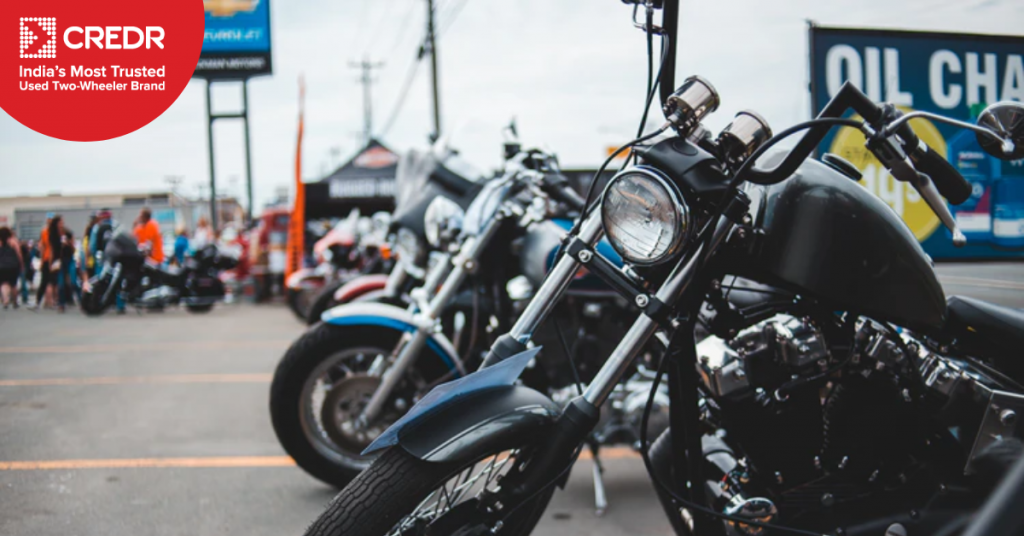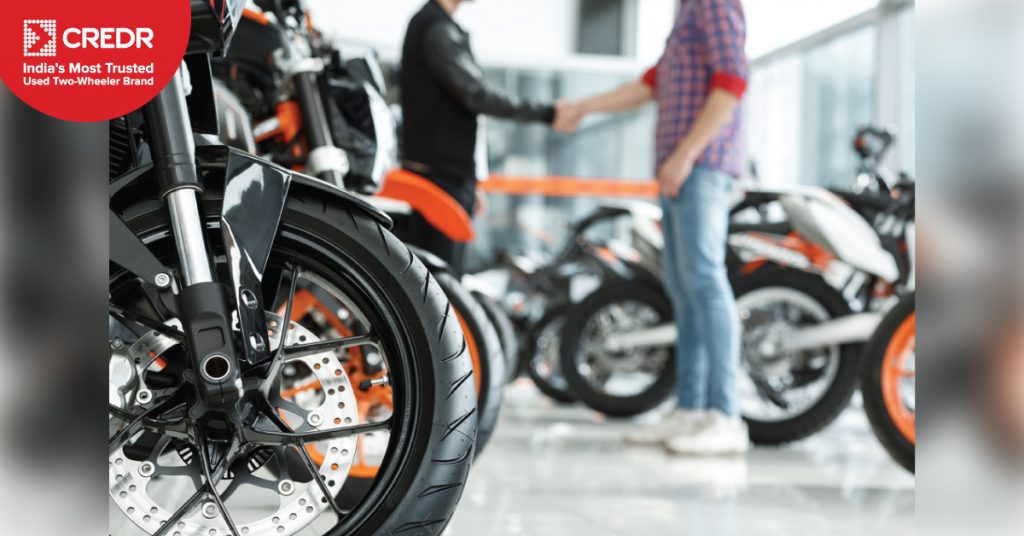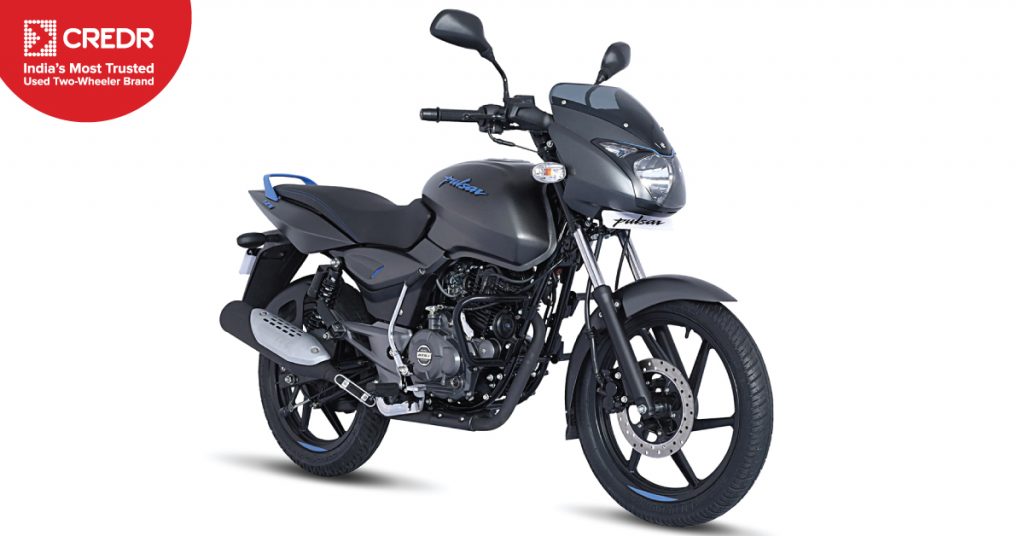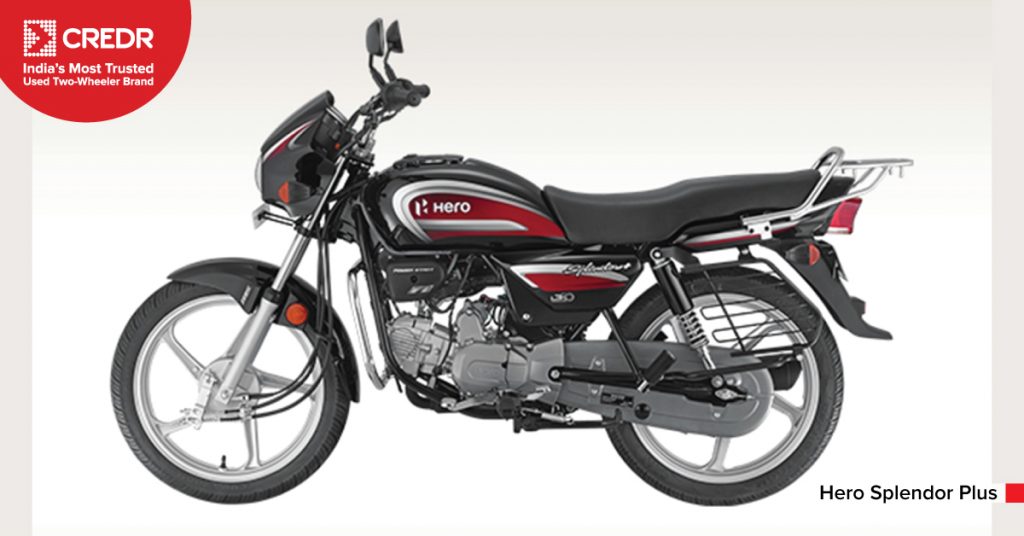Motorcycles in any part of India are an ideal transport for commuting regularly. With the ever-shrinking road space, the two-wheelers are a much better option to negotiate all sorts of challenges a city faces. The affordability matters a lot for the masses. Investing in a used bike will help you in saving money and time. If you are in a market of new riders but you lack money, does this mean you should stop doing what you like! Invest in the used bikes and live your riding experience with ease.
Why do you want to buy a used bike?

Understanding the requirement that why you need a used bike is a matter of planning. If you are clear about your requirements this will help you to buy a used two-wheeler easily. Is it a necessity or you just want to commute on it as an option? Buying a used bike for any purpose will be useful. You are investing in your favorite two-wheeler at just half price. This mode of transport will not only serve your daily commuting but make your life easier.
Select the type of two-wheeler you were looking for. Keep in mind that newer bike conditions will be likely similar to the used one! Any vehicle, be it new or old, needs you to check on the most important parameters. If you are not comfortable with the height of the bike and riding it then better not to buy it. Regular maintenance is a must for sustaining the bike for a longer period.
Few Tips to inspect if you sorted any used bike
Checkpoint #1 Frame and Fork
It is very important to check whether there is any damaged frame or fork which will make the used bike visually useless. Frame or fork cannot be replaced. You need to make sure that it’s working when you are ordering it. Ideally, you should inspect the used bike in person and determine all the signs of damages. You also need to check the following points;
- Rust
- Cracks
- Bends in the tubes can throw an alignment
- Bubbling under the paint- this is corrosion
- Check on oil leakage, exhaust pipes, suspension, and fuel tank
These are signs of damage. If you feel these are satisfactory then go for a test drive and understand the comfort level to maintain a straight line of Travel.
Checkpoint #2 Steerer & Headset
These do not cost much as it is still a good idea to check on the condition of the headset before you purchase. You need to do this by applying the pressure on both the brake levers and rocking the bike back and forth. Check whether there is any noise knocking around the headset, this requires some sort of maintenance. If you observe that there is a signal to this noise that is arising then believe the fact that the previous owner hasn’t maintained it rightly.
If the bike that you are choosing has a carbon steerer then check if there is any corrosion or damage. You can remove the fork and check the crown for corrosion. Lift the front wheel off the ground and allow the handlebars to swing side to side. If you see that the handlebars are in the middle and not swinging, understand that there is a problem.
Checkpoint #3 Wheels & Tires
Often people use wheels from different bikes and upgrade them later. These are important to check as you do not have money for the additional set. These are more expensive single parts of the bike. You should check on the wheel for cracks. You should check thoroughly if the wheel is spoke-based. Examine the cracks and rust corrosion, minutely. The tires must have a good tread all across the surface with no signs of uneven damage.
You need to check on the wheels off the ground and watch whether it is spinning or not! A millimeter of the two wobbles can fix it. If there is a drastic side-to-side movement then it is a problem.
It is important to check the spoke tension, by squeezing the spokes altogether. The spokes should be tight without much movement. Check on the braking surface for the signs of extreme wear. The brake tracks need to be flat and not concave, this will measure the lifespan of the wheels.
The tires aren’t as expensive to replace as the wheels. If you are inspecting something to determine the overall condition then look at the cracks on the tire, bulges, and gushes as a signal. These exist then you need a replacement.
Checkpoint #4 DriveTrain
When you are inspecting a drivetrain then it is a better idea to check the chain. While it isn’t necessarily the most important part of the drivetrain, some chains could mean some others of the drivetrain all need to be replaced.
Checking on the chain, you need to out the big bike chainring and the largest rear cog. Simply pull away from the chainring. If there is a very small space then the chain is fine; if there is a big gap then nearly ½ inches or more then the drivetrain may be worn like the cassette and chainrings on the front crank.
You need to check on the front and rear derailleurs. Shift the rear cassette and switch from the big chainring in the front to the small. If the shift is smoothly done then it is good to go. If it creates an issue then the cable needs to be replaced.
Checkpoint #5 Paperwork
The paperwork is very important when you are buying a used bike. The RC (Registration Certificate) book should match the engine and chassis number that is embossed on the engine and chassis. Check on the certificates like Insurance certificate, PUC (Pollution Under Control), and NOC (No Objection Certificate). Figure out the owner’s manual or service book to check the maintenance that has been carried out periodically.
Conclusion

CredR, India’s first omnichannel consumer brand, offers a vast range of second-hand or used bikes at a much desirable price from your preferred location. All the used two-wheelers are scrutinized at 120+ level of checkpoints by the auto experts before it is collected from a seller. Visit the website to have a glance at the premium collection of the used bikes from top brands at a much reasonable price. Enjoy a host of benefits by choosing CredR for buying a Used Bike. Explore effortless service today with CredR!




